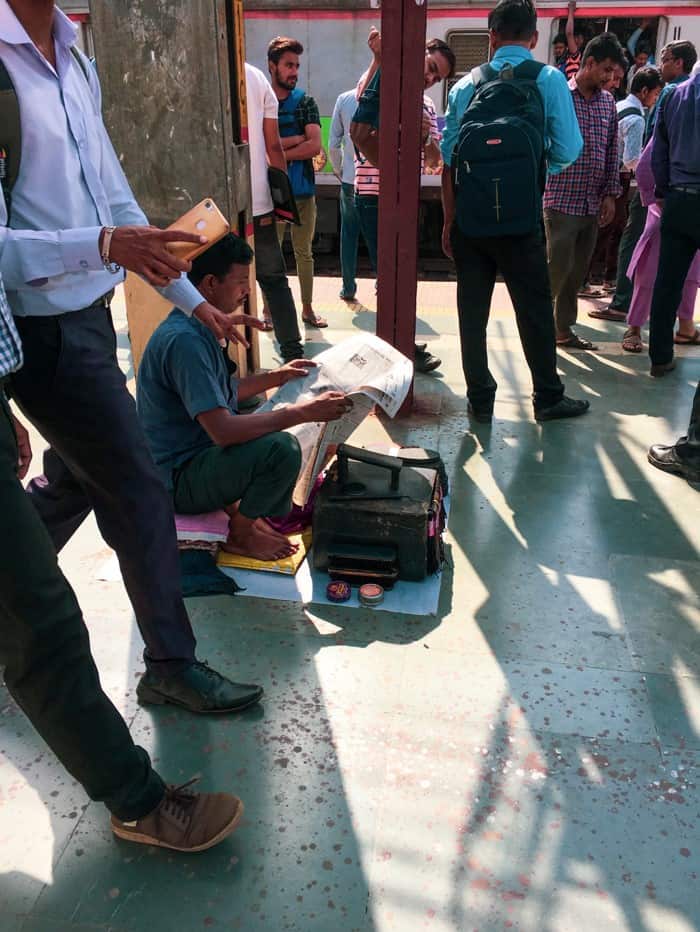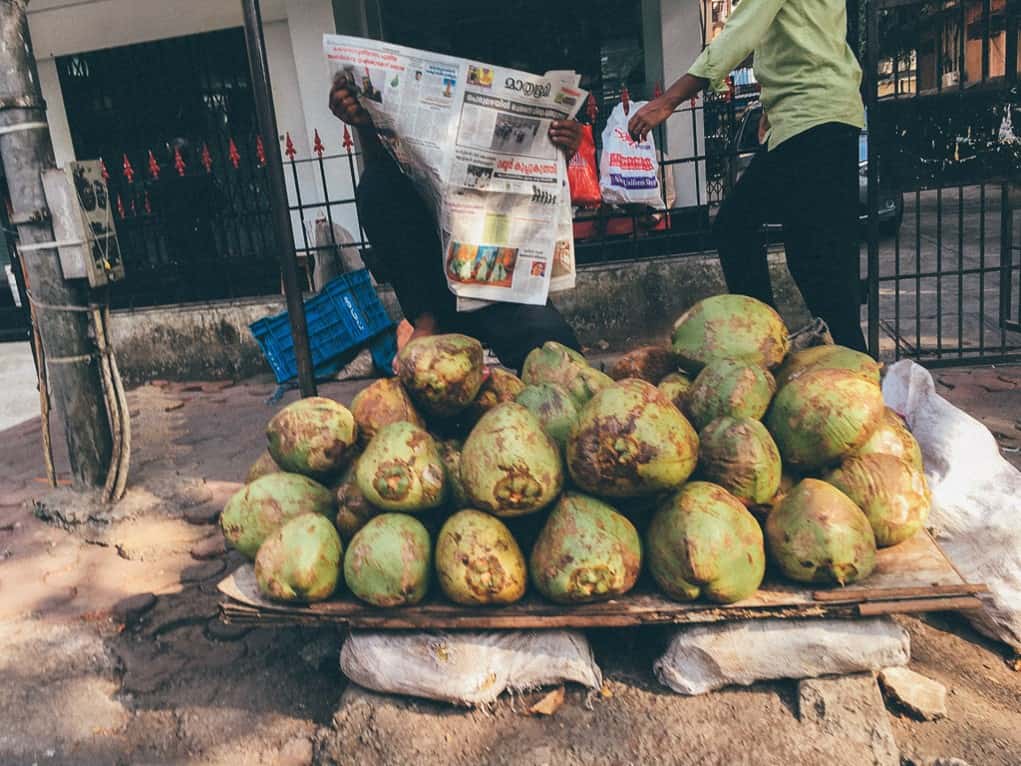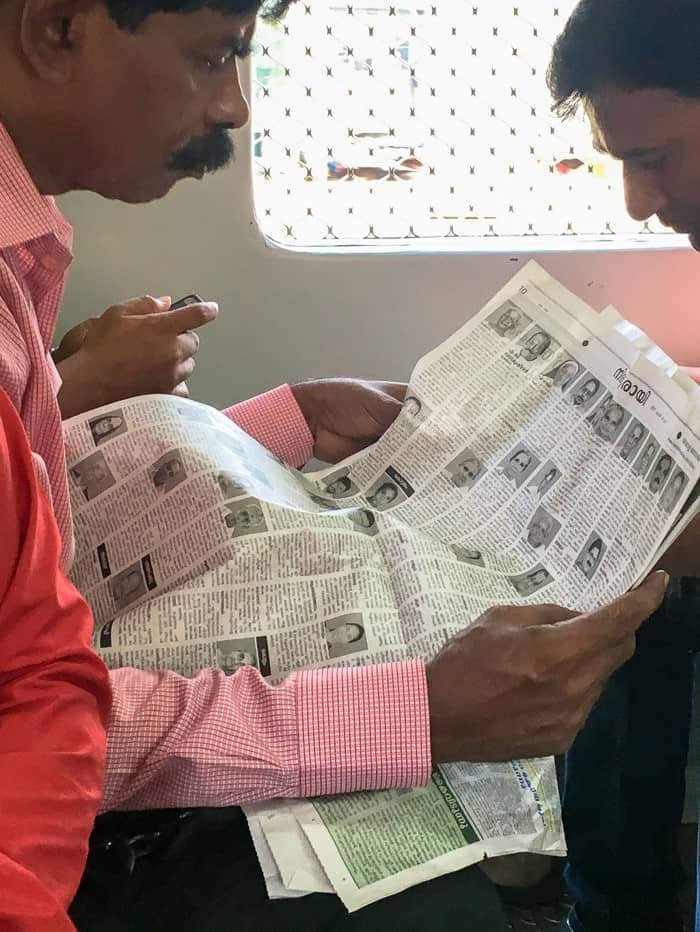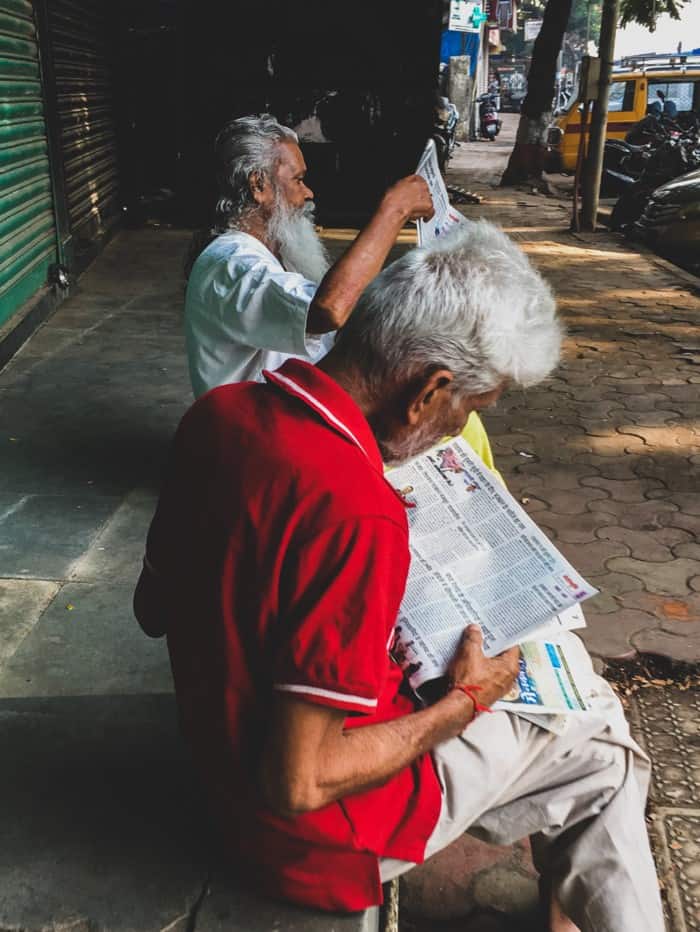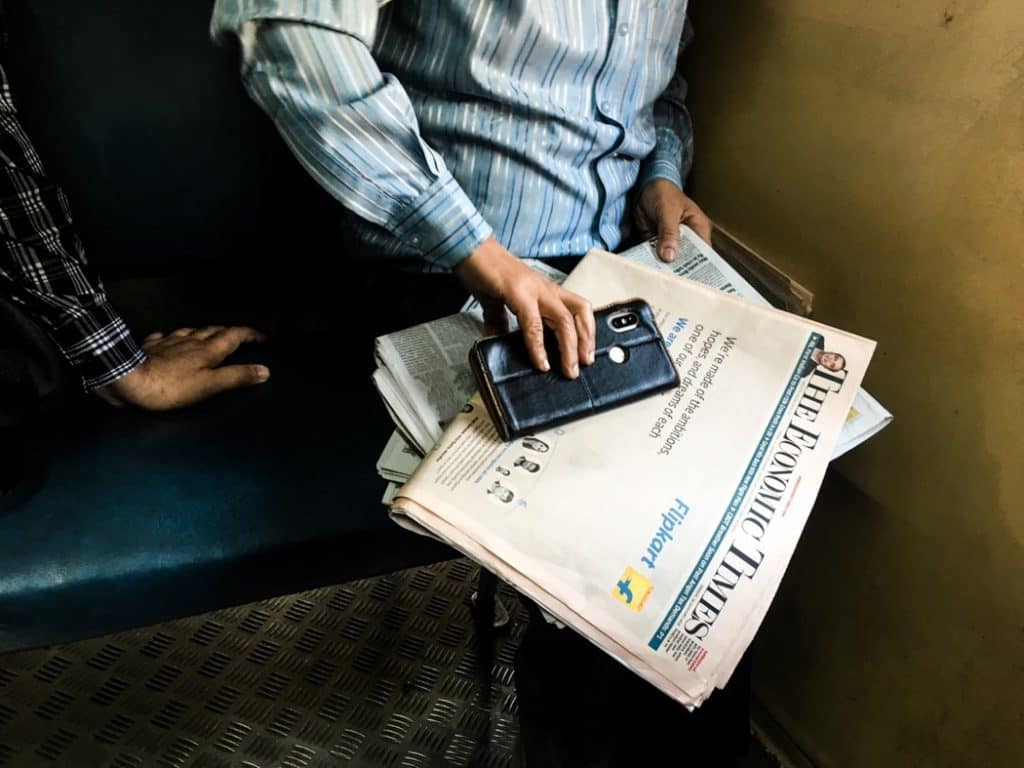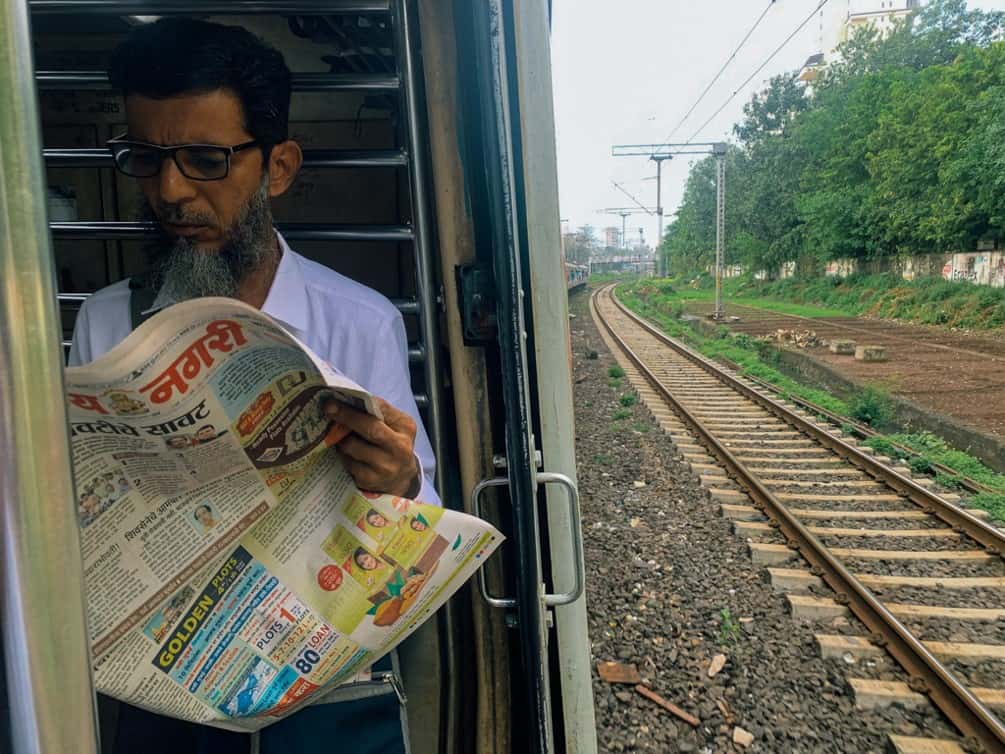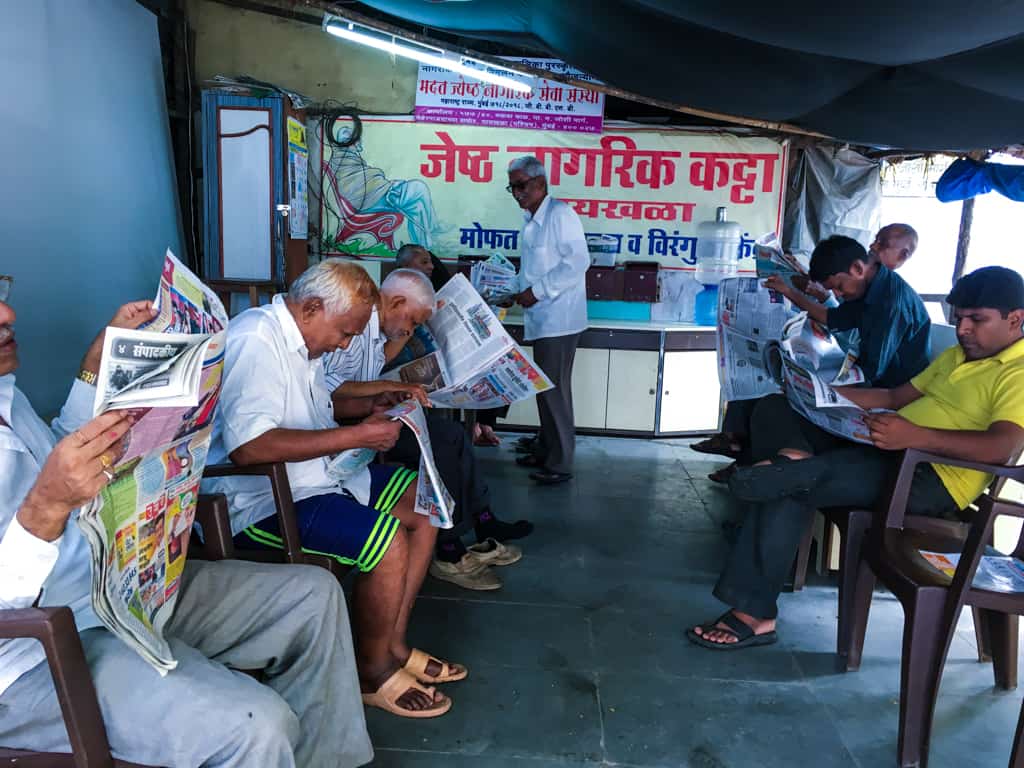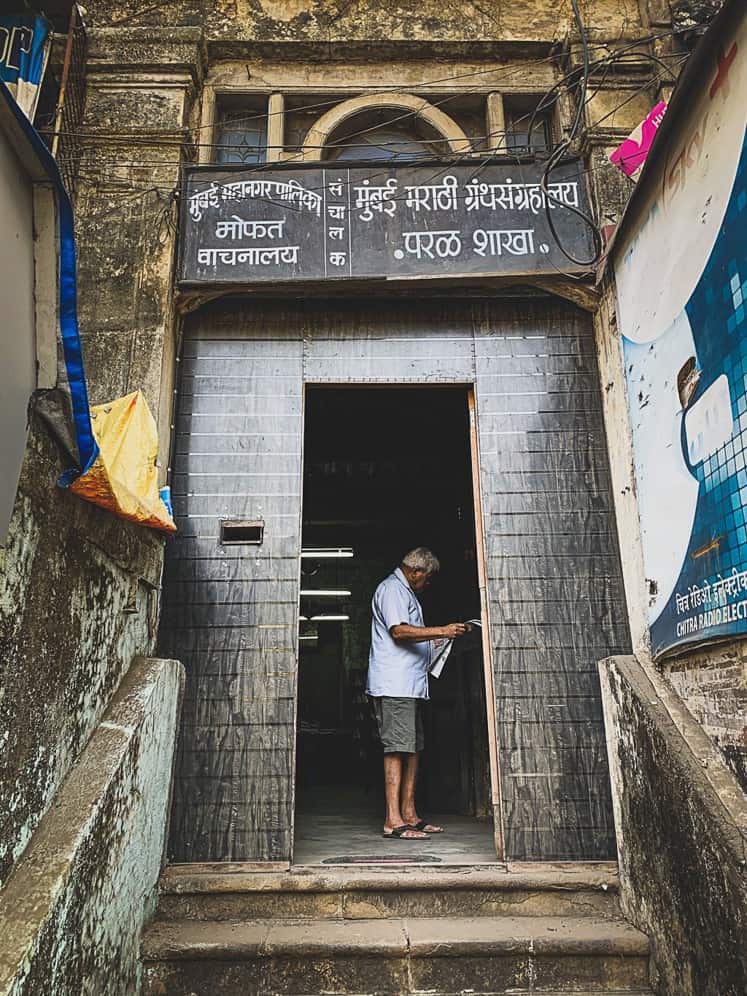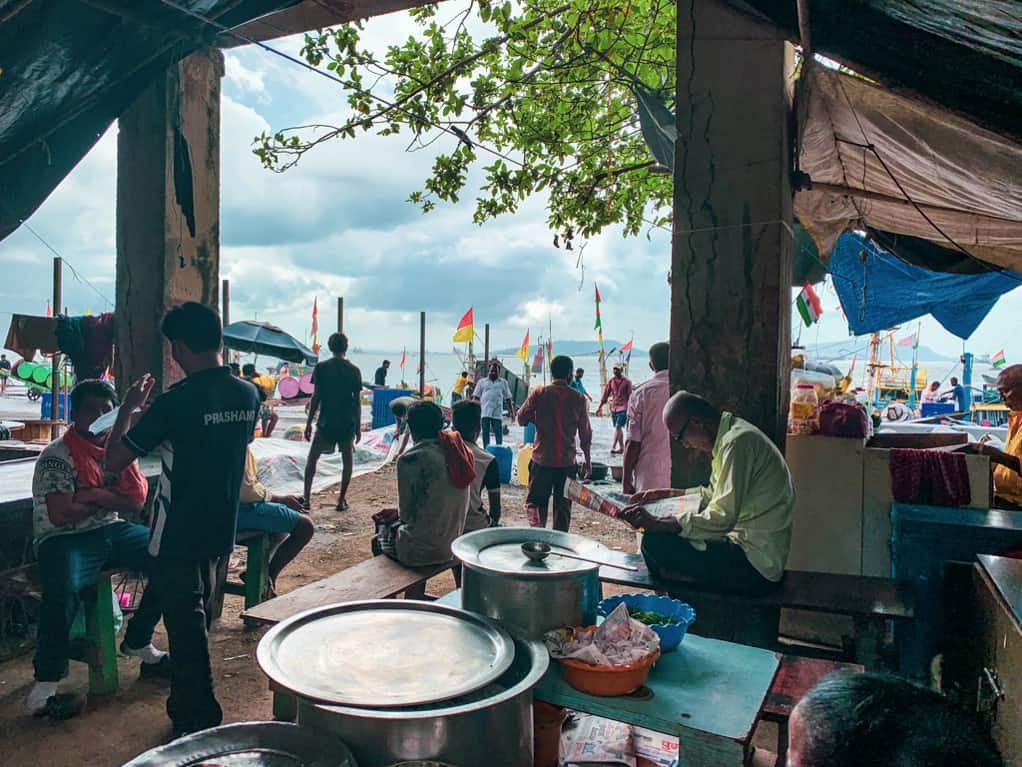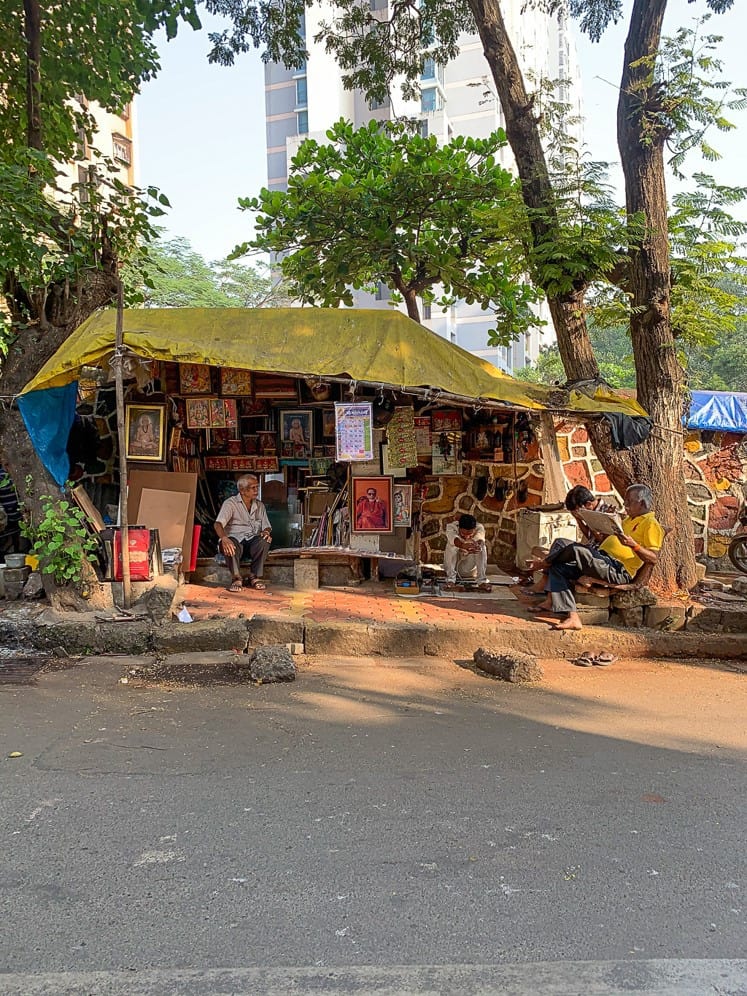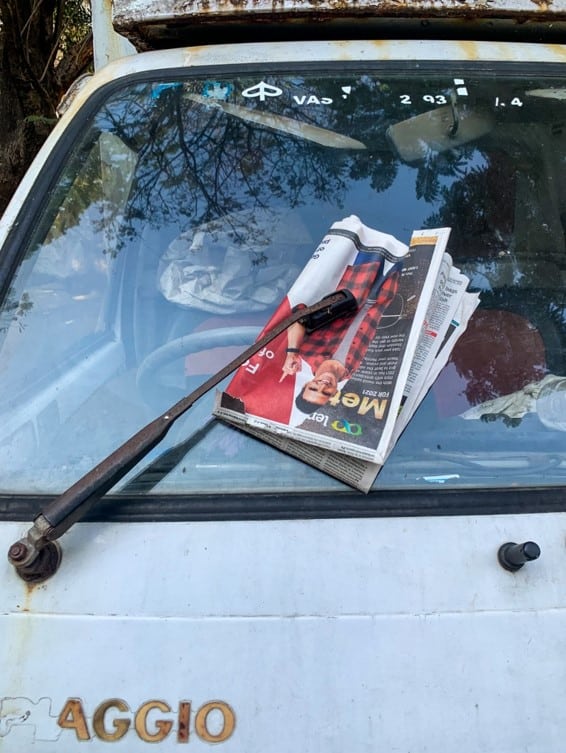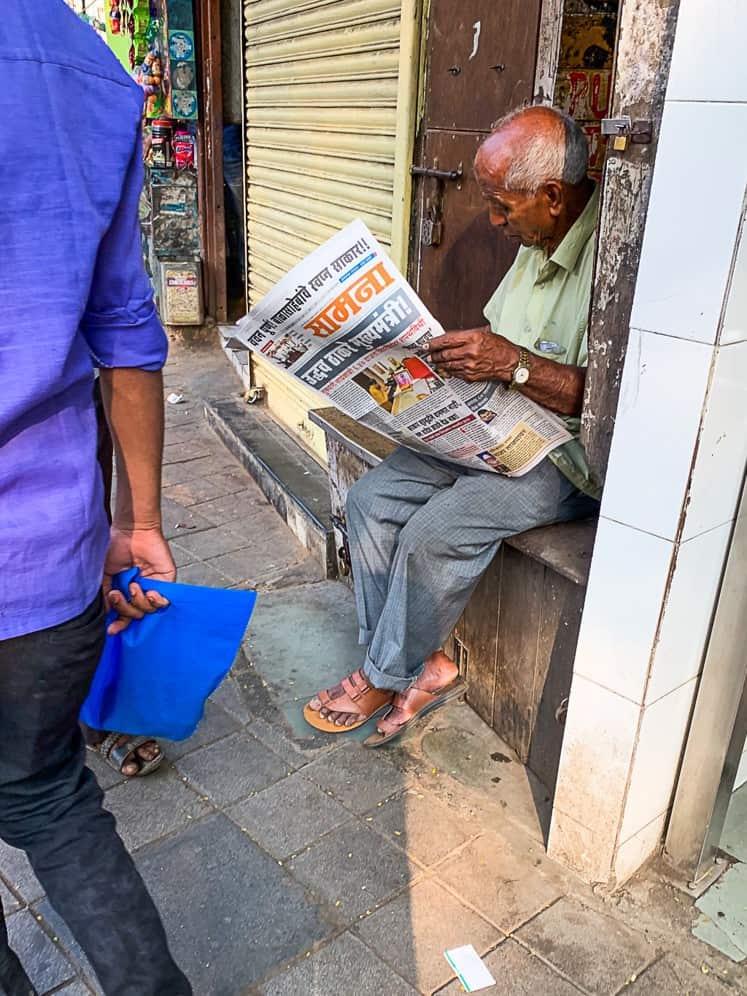Urban India at its lower end of the economic spectrum is changing fast. As cities develop and become important centres of trade and services, the migrant workers form a crucial part of this growth. In most cities today, a bulk of the critical support jobs are done by migrant workers, often hailing from states such as Orissa, Bihar, Assam and West Bengal. Through my interactions with guest workers from various parts of India, I have observed an evolving workforce with aspirations for better job opportunities, higher education for their children, and a desire to enhance their skills. Here are some…
